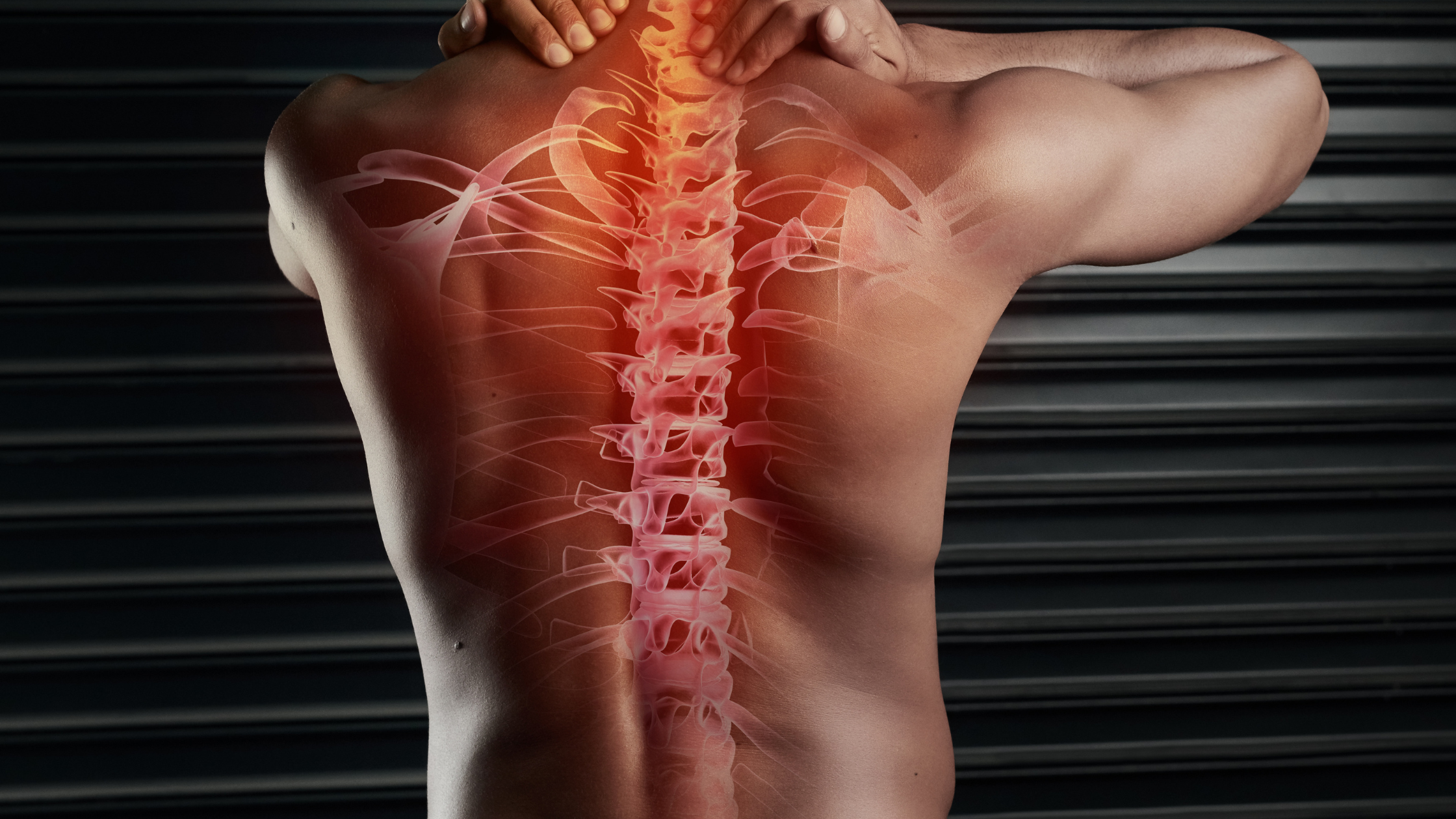Chronic pain affects millions of people worldwide, diminishing their quality of life, impacting their ability to work, and often leading to emotional distress. While medications and physical therapy offer relief for some, others find themselves trapped in a cycle of persistent discomfort with limited treatment options. For these individuals, Spinal Cord Stimulation (SCS) may offer a life-changing solution.
Spinal cord stimulation is a therapy that uses mild electrical pulses to interfere with pain signals before they reach the brain. Originally developed in the 1960s, SCS technology has advanced significantly in recent years, with modern systems offering improved precision, adaptability, and patient outcomes. But who exactly stands to benefit from spinal cord stimulation? This article explores the science behind SCS, the types of conditions it treats, and the profiles of patients most likely to benefit from this innovative approach.
What Is Spinal Cord Stimulation?
Spinal cord stimulation involves implanting a small device—similar to a pacemaker—under the skin, typically in the lower back or abdomen. Thin wires called electrodes are placed in the epidural space near the spinal cord. These electrodes deliver low-level electrical signals that modulate or mask pain signals traveling to the brain.
The stimulation doesn’t eliminate the source of the pain; rather, it alters the way the brain perceives it. Many patients report a significant reduction in pain intensity and an improved ability to carry out daily activities.
There are several types of SCS systems available today:
- Conventional (tonic) stimulation: The original form, producing a tingling sensation known as paresthesia that masks the pain.
- High-frequency stimulation: Delivers impulses at a much higher rate, often without producing paresthesia.
- Burst stimulation: Mimics the natural firing patterns of neurons for more effective pain suppression with minimal sensation.
- Closed-loop systems: Adjust stimulation in real-time based on the patient’s spinal cord activity.
Before implantation, patients usually undergo a trial period to determine if the device significantly reduces their pain. If successful, a permanent device is implanted.
Conditions Treated by Spinal Cord Stimulation
SCS is primarily used to treat chronic pain that has not responded to conservative treatments. It is most often recommended for the following conditions:
1. Failed Back Surgery Syndrome (FBSS)
Also called post-laminectomy syndrome, FBSS refers to persistent pain following one or more back surgeries. It’s one of the most common indications for SCS. While surgery might resolve the structural issue in the spine, nerve damage or scar tissue can leave patients in continued pain. SCS has been shown to significantly reduce pain in FBSS patients and may eliminate the need for further surgeries.
2. Complex Regional Pain Syndrome (CRPS)
CRPS is a chronic pain condition, often affecting a limb, that typically develops after an injury. Characterized by intense burning pain, swelling, and skin sensitivity, CRPS is notoriously difficult to treat. SCS has demonstrated substantial efficacy in reducing pain and improving function in CRPS patients, especially when initiated early in the disease process.
3. Peripheral Neuropathy
Neuropathic pain due to diabetes, chemotherapy, or other causes can often be difficult to control. When medications and other interventions fail, SCS may help reduce the burning, tingling, or stabbing sensations associated with peripheral neuropathy.
4. Arachnoiditis
This rare but painful condition involves inflammation of the arachnoid lining of the spinal cord. Patients may suffer from severe burning pain, neurological deficits, and bladder or bowel dysfunction. SCS can be used to manage chronic pain in arachnoiditis patients, though results vary.
5. Angina and Peripheral Vascular Disease
In some countries, SCS has been approved for treating refractory angina (chest pain not responsive to medication or surgery) and peripheral vascular disease (pain due to poor blood flow in the limbs). By stimulating nerves in the spinal cord, SCS may improve blood flow and reduce ischemic pain, though this remains a specialized application.
Who Is a Good Candidate for SCS?
Spinal cord stimulation is not suitable for everyone with chronic pain. Ideal candidates often share certain characteristics:
1. Chronic, Persistent Pain Lasting 6+ Months
Candidates typically have pain that has persisted despite conservative therapies such as physical therapy, medications, or injections.
2. Identifiable Source of Neuropathic Pain
SCS works best for neuropathic pain—pain caused by nerve damage or dysfunction—rather than musculoskeletal or inflammatory pain. Conditions like FBSS and CRPS fall into this category.
3. Psychological Stability
Psychological factors such as depression, anxiety, and untreated PTSD can affect pain perception and treatment outcomes. A psychological evaluation is usually part of the screening process to ensure that the patient is mentally and emotionally prepared for the treatment and its implications.
4. Realistic Expectations
Patients should understand that SCS is not a cure and does not eliminate pain entirely. The goal is typically a 50-70% reduction in pain, which can be life-changing for someone who has been suffering chronically. Successful candidates also tend to be engaged in their care and open to participating in physical therapy and lifestyle modifications.
5. Positive Response to Trial Stimulation
Perhaps the most important indicator of success is a positive response to the trial phase. If a patient experiences at least 50% pain relief during the trial, they are likely to benefit from a permanent implant.
Who May Not Benefit?
While SCS is safe and effective for many, it may not be the right choice for:
- Patients with widespread musculoskeletal pain, such as fibromyalgia.
- Individuals with active infections, bleeding disorders, or poor immune function.
- Those with unresolved psychological issues or unrealistic expectations.
- Patients who are not candidates for surgery due to general health risks.
Additionally, insurance approval can be a barrier in some regions, as SCS is considered a higher-cost intervention and often requires detailed documentation of conservative treatment failure.
The Benefits of Spinal Cord Stimulation
For eligible patients, spinal cord stimulation offers a number of important benefits:
- Reduced pain and reliance on opioids
- Improved function and mobility
- Better sleep and mood
- Fewer hospital visits and medical interventions
- Reversible and adjustable – Unlike some surgeries, the device can be turned off or removed if needed
Patients often report that SCS gives them their lives back—not just by reducing pain, but by restoring hope and independence.
Final Thoughts
Spinal cord stimulation is a powerful tool in the management of chronic, neuropathic pain. While not everyone is a candidate, those who qualify and respond to trial stimulation often experience dramatic improvements in their quality of life. Advances in technology continue to expand the possibilities of what SCS can offer, from pain control to improved mobility and even reduced healthcare dependence.
If you or a loved one suffers from chronic pain that has not responded to traditional treatments, it’s worth talking to a pain specialist about whether spinal cord stimulation could be an appropriate option.


